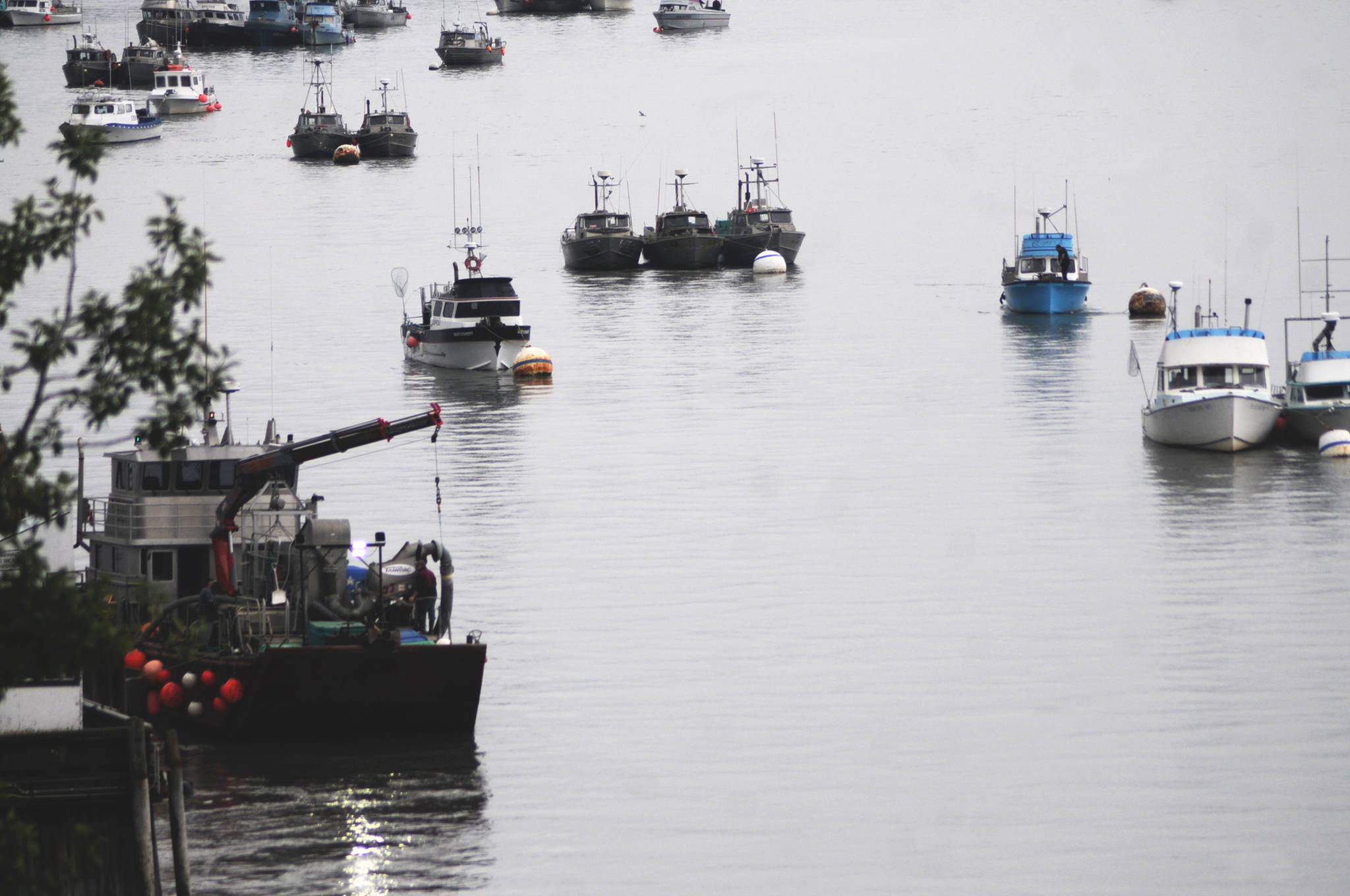Budget cuts at the Alaska Department of Fish and Game have led to reductions in staffing in the commercial fishing division, leading to a potential loss in fishing opportunity.
Since fiscal year 2015, just before the drop in oil prices that led the state to its current fiscal crisis, Fish and Game has seen an approximately 36.4 percent cut in general fund dollars from the state, coming out to an approximately 8.3 percent cut in the total department funding, or $3.9 million less.
For the Division of Commercial Fisheries, that has come out to an approximately 6 percent cut, with cuts from the general fund stemmed by other legislative actions such as moving the Commercial Fisheries Entry Commission under Fish and Game and giving the division access to that revenue, said Division of Commercial Fisheries Director Scott Kelley. In a presentation to the Alaska House of Representatives Finance Subcommittee on Fish and Game on Thursday, Kelley gave an overview of the division’s budget.
The budget cuts have limited personnel for the department, such as in staffing on weirs and projects, he said.
“In some of our weirs, we went from three technicians to two technicians,” Kelley said. “That was done to either save costs or pull the weir entirely. We didn’t want to do that. But it’s either pull the weir entirely or keep the weir in for shorter time with fewer people. That’s the kind of choices that we made.”
The division maintains about 278 permanent positions in various locations around the state and about 372 seasonal workers on weirs and towers, Kelley said. Staffing levels are down about 11 percent from fiscal year 2015, but many of those positions were vacant when they were eliminated so there have been relatively few actual layoffs, Kelley said. Many of the budget reductions over time were also lapsed authority, with the elimination of the funds from the Chinook Salmon Research Initiative and others in Sustainable Salmon Funds, he said.
Rep. Louise Stutes (R-Kodiak) said her constituents were concerned with fewer staff on the weirs, Fish and Game would have less data on salmon escapement and could not fully prosecute commercial fisheries. When the managers don’t have much information, the default is for Fish and Game to manage more conservatively, providing less time for fishermen even when there may in reality be more fish out there.
Kelley said the division tried to cut as little from salmon fisheries as possible because salmon fisheries dominate the total value of commercial fishing value in Alaska and cut instead from smaller fisheries, such as herring.
“If you’re a budget cutter and you have to live within the budgets that you adopt, am I going to cut a salmon fishery worth $160 million or are you gong to cut the herring fishery that’s worth $10 million?” he said. “…Our herring program statewide has been severely restricted.”
Rep. Dan Ortiz (R-Ketchikan), who chairs the committee, repeatedly questioned Kelley on whether the reductions in staffing have led to losses of fishing opportunity in the commercial sector. Ortiz asked the same question in a hearing with Fish and Game Commissioner Sam Cotten on Tuesday.
“If (harvesting at maximum sustainable yield) is getting jeopardized, we need to know that, becuase that’s not acceptable, or at least in my district and the health of my district’s economy,” he said.
Cotten said it’s hard to say because openings depend on fisheries. He gave the example of the dive surveys in the Southeast Alaska herring fisheries, which have been significantly reduced because of stock concerns. It’s possible that the dive surveys would have turned up data that contributed to the decision, but the department cut the dive surveys to save costs, he said.
“Had we more information, we might have had longer (commercial fishing) openings, or areas that otherwise weren’t open, but it’s hard to know that without the information,” Cotten said.
Reach Elizabeth Earl at elizabeth.earl@peninsulaclarion.com.

